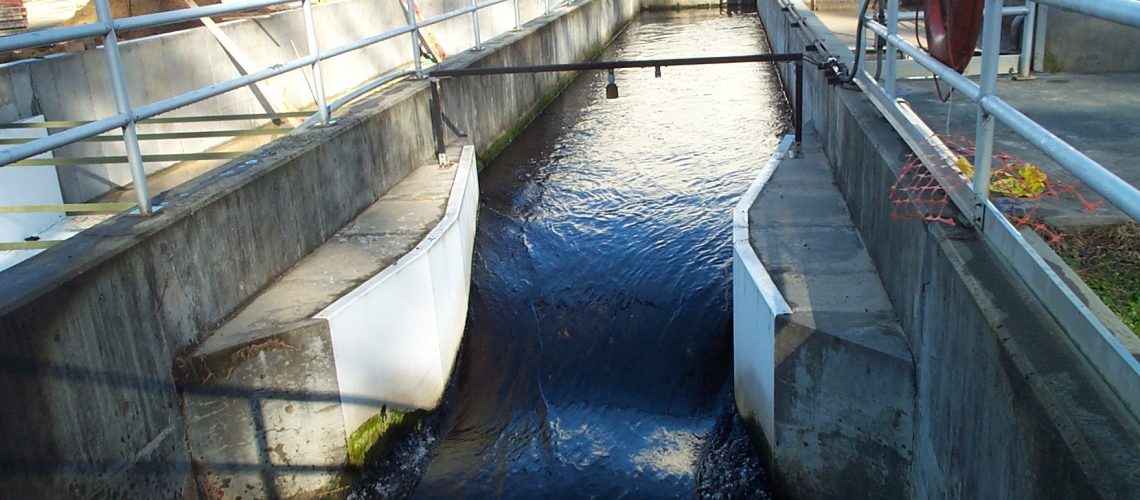Several factors can throw off your flow rate measurements, but nothing hits quite as hard as turbulence. This simple issue can cause massive misreadings that render your efforts effectively useless, so it’s best to address turbulence issues as quickly as possible. Learn how you can address the turbulence problem and get the accurate measurements you need.
What Is Turbulence?
Turbulence is when the surface of the flow through your channel is choppy enough to throw off your flow rate measurements. Think of turbulence as bumps in an otherwise relatively flat surface. Additionally, turbulence can result in certain parts of the flow or particles within the flow moving in directions other than the direction of the flow. Depending on the kind of debris involved, this can result in even more turbulence.
Turbulence is generally caused by water moving in seemingly random directions that are opposed to the downstream direction. Rough paths can bounce water around, and sediment and weeds along the banks can cause turbulence as well. Any obstructions or inconsistencies in the channel can create turbulence, so it’s always important to make sure your channel is properly maintained to prevent turbulence.
Why Is Turbulence a Problem?
The turbulence problem throws off flow rate measurements, rendering all of your efforts useless. Unfortunately, turbulence is present in pretty much every flow system. In a lot of cases, the turbulence doesn’t have a significant impact, so it’s not considered an issue until it starts making measurements inaccurate. Excessive turbulence can cause measurement errors as severe as 10% to 20% percent off.
Turbulence makes measurements difficult because it’s tough to find the flow head, an important part of the flow measurement equation. Without being able to specify the actual flow head, all measurements are going to be inherently flawed no matter what. You can’t even make adjustments to the equation because you don’t know the actual flow head measurement to adjust for or the degree of error.
Fixing Turbulence
To fix turbulence, you’ll need to condition the flow channel’s upstream conditions to ensure that the incoming flow is steady enough to find the flow head accurately. One of the best ways to do this is to simply keep the channel clean and maintained. If the channel was working properly in the past, then it’s likely that some sediment or other obstructions in the channel are causing the turbulence.
Aside from maintaining the channel itself, you could implement a wave suppressor. These handy add-ons are designed to reduce the impact of waves by up to 93%, provided they’re installed properly. Just be aware that they will generally create a bit of a backwater effect. For the best results, be sure to set up the underflow section to be about 3.5 to 4 times the depth of the flow.
Solving Turbulence With Tracom
If you’re looking for a solution to the turbulence problem, Tracom has got you covered. With our wide variety of wastewater products and flume accessories, you can optimize your flow channel to provide the accurate measurements you need. Contact our team today if you’re looking for a new installation or you want to optimize one you already have.


